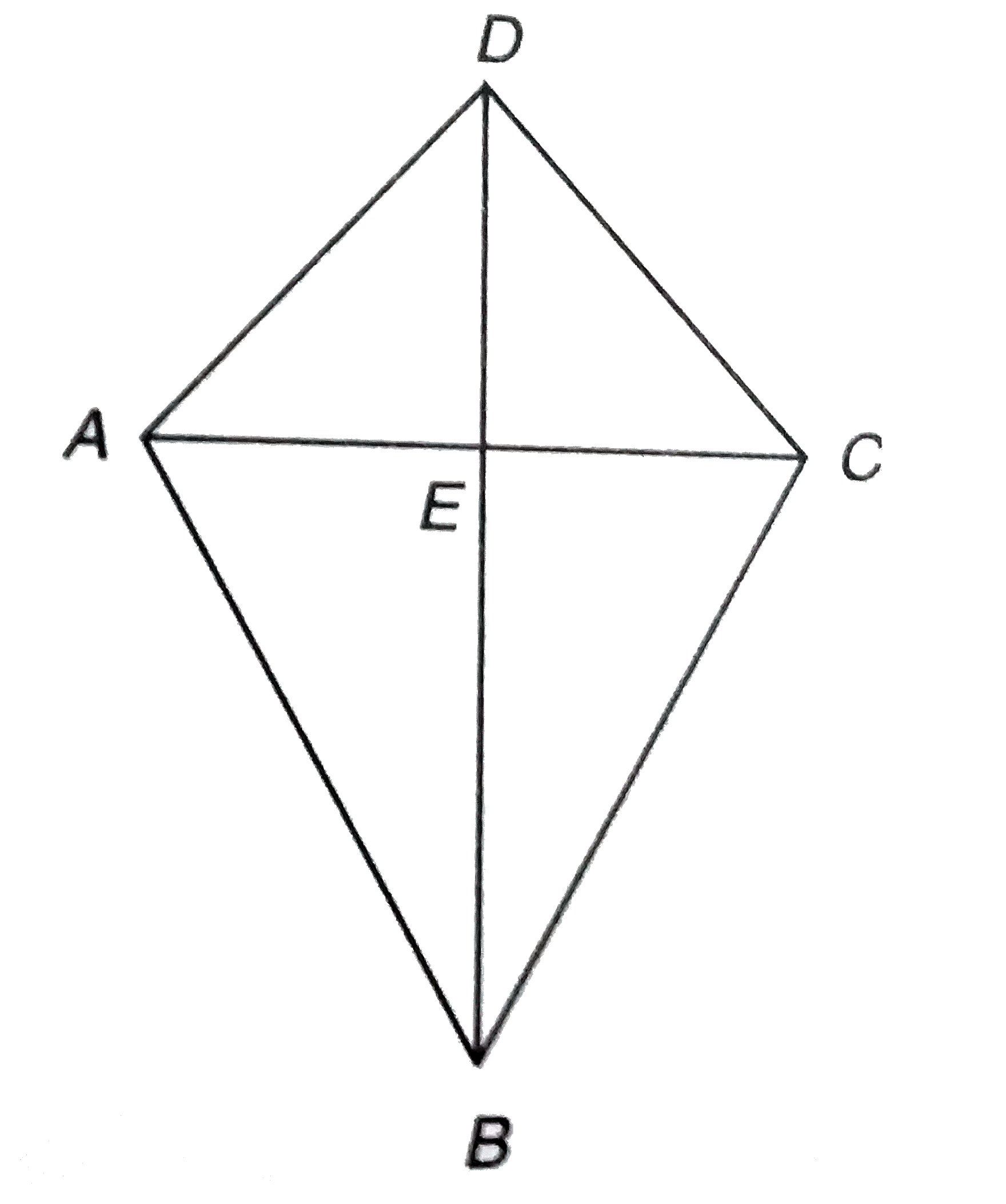Which of the following is not true for carbanions ?
The carbon carrying the charge the eight valence electrons
They are formed by heterolytic fission
They are paramagnetic
The carbon carrying the charge is sp2 hybridised
To determine which statement is not true for carbanions, we will analyze the properties of carbanions based on the provided options.
1. Understanding Carbanions:
- A carbanion is a species where a carbon atom carries a negative charge. For example, in CH3⁻ (methyl anion) or CCl3⁻ (trichloromethide), the carbon has an extra electron, leading to a negative charge.
2. Analyzing Each Statement:
- Statement A: "The carbon carrying the charge has 8 valence electrons."
- In a carbanion, the carbon atom typically has 8 valence electrons when considering its bonding and lone pairs. For example, in CH3⁻, the carbon has three hydrogen atoms and one lone pair, totaling 8 electrons. Thus, this statement is true.
- Statement B: "They are formed by heterolytic fission."
- Carbanions can indeed be formed through heterolytic fission, where a bond breaks and one atom takes both electrons. For example, in the reaction of chloroform (CHCl3) with a base, the hydrogen is removed, and the carbon retains the electrons, forming CCl3⁻. Therefore, this statement is also true.
- Statement C: "They are paramagnetic."
- Paramagnetic species have unpaired electrons. In the case of carbanions, the extra electron that gives the carbon a negative charge fills the available orbitals, resulting in no unpaired electrons. Thus, carbanions are actually diamagnetic, making this statement false.
- Statement D: "The carbon carrying the charge is sp2 hybridized."
- Carbanions typically exhibit sp3 hybridization due to the presence of a lone pair and the bonds formed with other atoms. For example, in CH3⁻, the carbon is sp3 hybridized. Therefore, this statement is also false.
3. Conclusion:
- The statement that is not true for carbanions is Statement C: "They are paramagnetic."
Final Answer:
C: "They are paramagnetic."
- A carbanion is a species where a carbon atom carries a negative charge. For example, in CH3⁻ (methyl anion) or CCl3⁻ (trichloromethide), the carbon has an extra electron, leading to a negative charge.
- Statement A: "The carbon carrying the charge has 8 valence electrons."
- In a carbanion, the carbon atom typically has 8 valence electrons when considering its bonding and lone pairs. For example, in CH3⁻, the carbon has three hydrogen atoms and one lone pair, totaling 8 electrons. Thus, this statement is true.
- Carbanions can indeed be formed through heterolytic fission, where a bond breaks and one atom takes both electrons. For example, in the reaction of chloroform (CHCl3) with a base, the hydrogen is removed, and the carbon retains the electrons, forming CCl3⁻. Therefore, this statement is also true.
- Paramagnetic species have unpaired electrons. In the case of carbanions, the extra electron that gives the carbon a negative charge fills the available orbitals, resulting in no unpaired electrons. Thus, carbanions are actually diamagnetic, making this statement false.
- Carbanions typically exhibit sp3 hybridization due to the presence of a lone pair and the bonds formed with other atoms. For example, in CH3⁻, the carbon is sp3 hybridized. Therefore, this statement is also false.
- The statement that is not true for carbanions is Statement C: "They are paramagnetic."
C: "They are paramagnetic."
Topper's Solved these Questions
- INTRODUCTION TO ORGANIC CHEMISTRY BOOK - VMC MODULES ENGLISHCHAPTER - INTRODUCTION TO ORGANIC CHEMISTRY EXERCISE - LEVEL 2
49 Videos
- INTRODUCTION TO ORGANIC CHEMISTRY BOOK - VMC MODULES ENGLISHCHAPTER - INTRODUCTION TO ORGANIC CHEMISTRY EXERCISE - LEVEL 2 (Numerical value type )
15 Videos
- INTRODUCTION TO ORGANIC CHEMISTRY BOOK - VMC MODULES ENGLISHCHAPTER - INTRODUCTION TO ORGANIC CHEMISTRY EXERCISE - JEE ADVANCED ARCHIVE
81 Videos
- ICONIC EQUILIBRIUMBOOK - VMC MODULES ENGLISHCHAPTER - ICONIC EQUILIBRIUMEXERCISE - IMPECCABLE
50 Videos
- IONIC EQUILIBRIUMBOOK - VMC MODULES ENGLISHCHAPTER - IONIC EQUILIBRIUMEXERCISE - IN - CHAPTER EXERCISE - K
10 Videos
Similar Questions
Knowledge Check
Which of the following is not true for a bike?
 AAE=~CEBDE=~BEC∠ABE=~∠CBED∠E=90∘
AAE=~CEBDE=~BEC∠ABE=~∠CBED∠E=90∘
Which of the following is true ?
View SolutionWhich of the following is true ?
View SolutionWhich of the following is a true fruit ?
View SolutionWhich of the following is not true for halogens ?
View SolutionWhich of the following is true ?
View SolutionWhich of the following is true ?
View SolutionWhich of the following is not true for clitoris ?
View Solution
